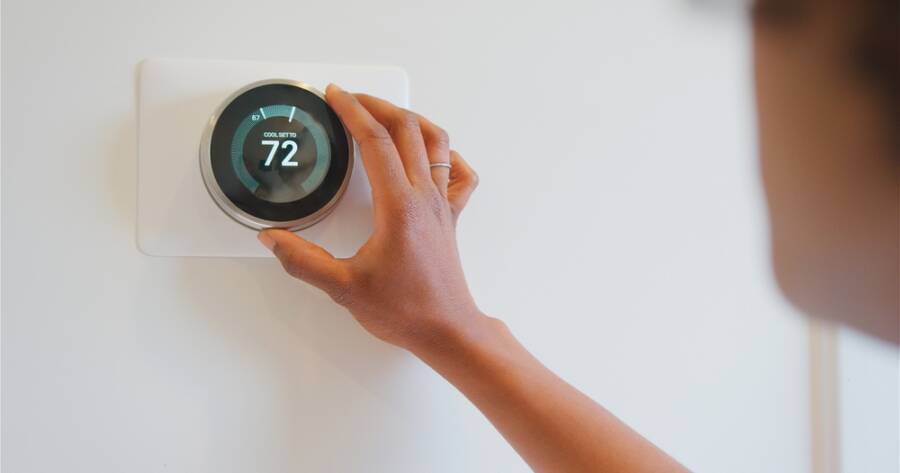Creating an energy-efficient home isn’t just good for the planet — it’s also a smart way to save money on monthly utility bills while enhancing comfort year-round. You don’t need a complete renovation to make a difference; small, strategic upgrades can significantly cut energy use and costs over time. Whether you’re a homeowner, renter, or preparing to sell, making your home more efficient is a win-win investment. Explore how you can create an energy-efficient home with simple, cost-effective upgrades that deliver big savings.
1. Upgrade to Energy-Efficient Lighting
One of the easiest and fastest ways to boost your home’s efficiency is by replacing old incandescent bulbs with LED or CFL lighting. LED bulbs use up to 75% less energy and last significantly longer, meaning you’ll replace bulbs less often and reduce your electric bill.
Pro Tip:
Choose ENERGY STAR® certified LEDs, which meet strict energy efficiency guidelines and offer excellent performance across different lighting temperatures and designs.
2. Seal Air Leaks and Improve Insulation
Air leaks around windows, doors, and vents can waste a significant amount of energy, making your HVAC system work harder. Weatherstripping doors, caulking windows, and sealing ducts are affordable fixes that can drastically improve your home’s efficiency.
If your attic or walls are under-insulated, adding insulation can cut heating and cooling costs by up to 20% or more. Focus first on the attic, basement, and crawl spaces, as these areas typically have the most significant energy loss.
Pro Tip:
Use a thermal leak detector or schedule a professional energy audit to find hidden leaks you might not notice on your own.
3. Install a Smart Thermostat
A smart thermostat automatically adjusts the temperature based on your schedule and preferences, preventing unnecessary heating or cooling when you’re away. Some models even use geofencing to detect when you leave or return home.
According to ENERGY STAR, installing a smart thermostat can save the average homeowner about 8% on heating and cooling bills annually.
Pro Tip:
Look for thermostats compatible with your HVAC system and consider models with remote access via smartphone apps for even greater control.
4. Upgrade to Energy-Efficient Appliances
Old appliances can be major energy hogs. Upgrading to ENERGY STAR® certified refrigerators, dishwashers, washing machines, and dryers can result in significant savings over time.
Even though new appliances may come with upfront costs, the long-term reductions in energy use and utility bills make them a worthwhile investment — especially when replacing models that are 10 years old or more.
Pro Tip:
Check for local utility rebates when purchasing energy-efficient appliances to save even more.
5. Switch to Low-Flow Fixtures
Saving water also saves energy, particularly if you’re heating the water. Installing low-flow showerheads, faucets, and toilets can reduce water usage dramatically without sacrificing performance.
Modern low-flow showerheads, for example, use less than 2.0 gallons per minute compared to older models that use 5 gallons or more.
Pro Tip:
Pair low-flow fixtures with a tankless water heater for even greater energy savings on your hot water supply.
6. Maximize Natural Light and Ventilation
Reducing your reliance on artificial lighting and mechanical cooling systems saves money and creates a healthier living environment. Open curtains during the day to let in natural light and fresh air whenever possible.
Installing energy-efficient windows can further enhance this effect, keeping homes cooler in the summer and warmer in the winter without heavy use of HVAC systems.
Pro Tip:
Consider installing light shelves or solar tubes to bring in even more daylight to interior spaces.
Small Changes, Big Results
Building an energy-efficient home doesn’t require major construction or a huge budget. With strategic upgrades like smart thermostats, better insulation, LED lighting, and efficient appliances, you can make a significant impact on your comfort, your wallet, and the environment. Start small, prioritize key areas, and watch the savings add up — one smart change at a time.

